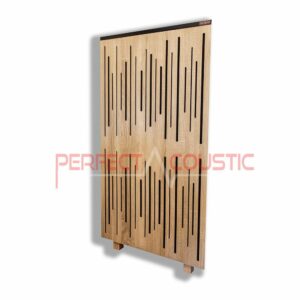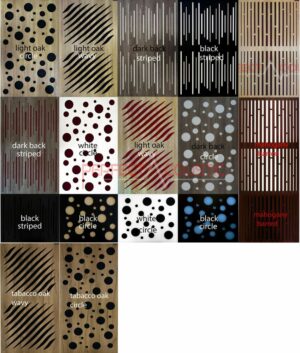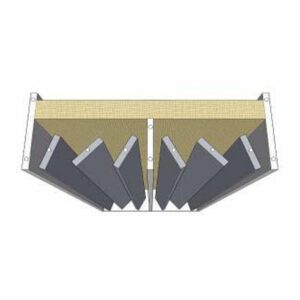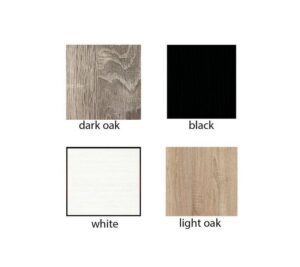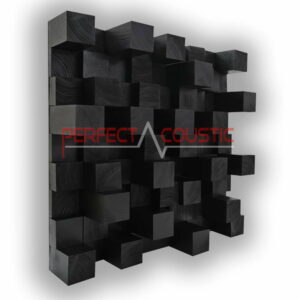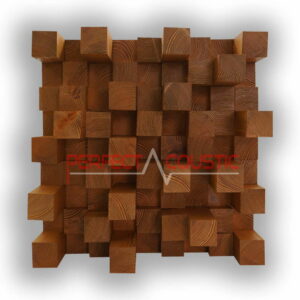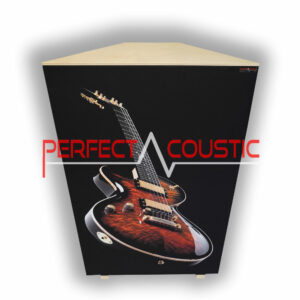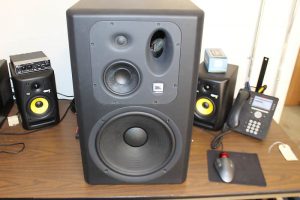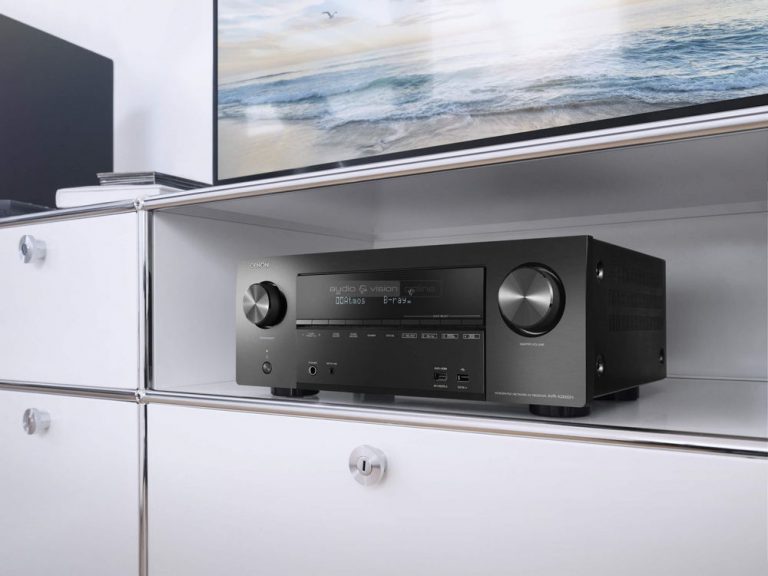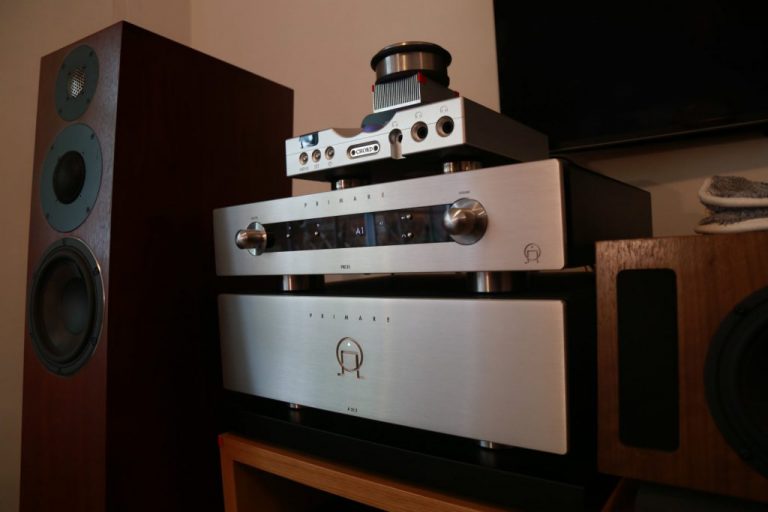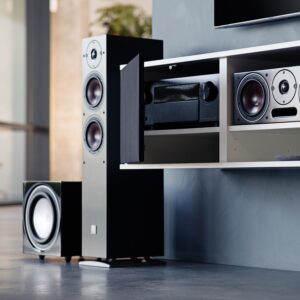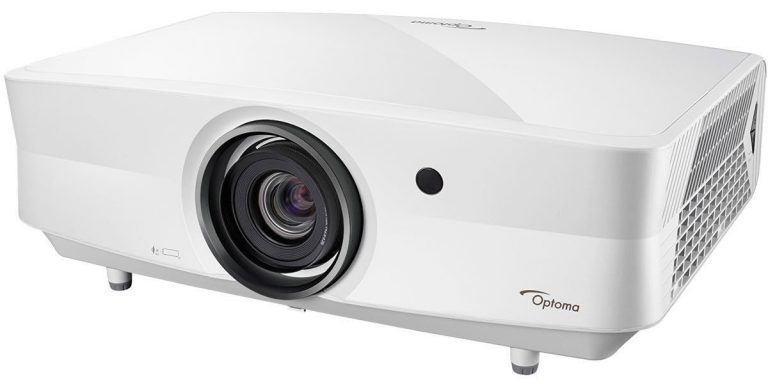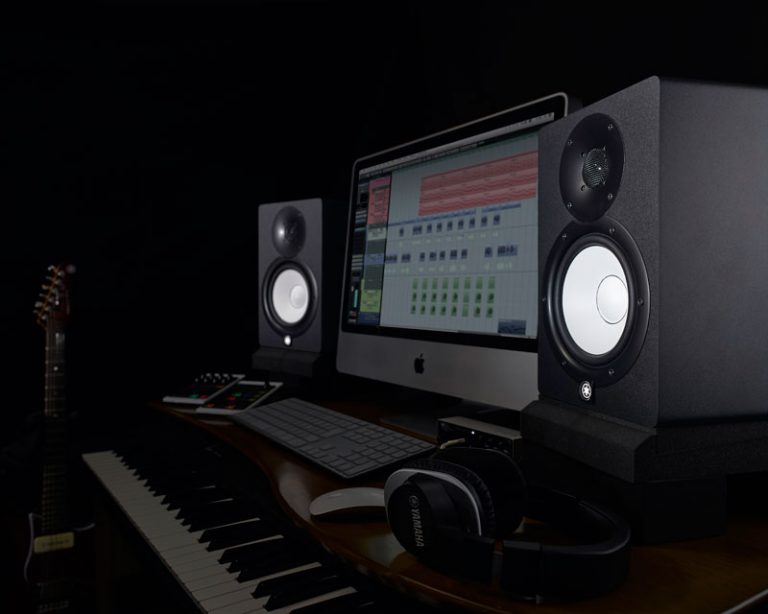JTR Captivator RS1 Sealed Subwoofer Review
RS1 subwoofer
Home theatre fans will most likely be familiar with JTR speakers. If you crave for powerful bass even in the lowest part of the audible frequency range, the JTR brand is the first brand that shall come to your mind. We were also curious about the famous performance of impressive basses, so we chose the Captivator RS1 subwoofer as our latest test subject. The Captivator RS1 is the smallest subwoofer that JTR makes, but that doesn’t mean it’s weak. With a 2400 Watt amplifier, this model falls into the “entry-level” category, yet is much more powerful than similar products from most other subwoofer manufacturers.
JTR Captivator RS1 design
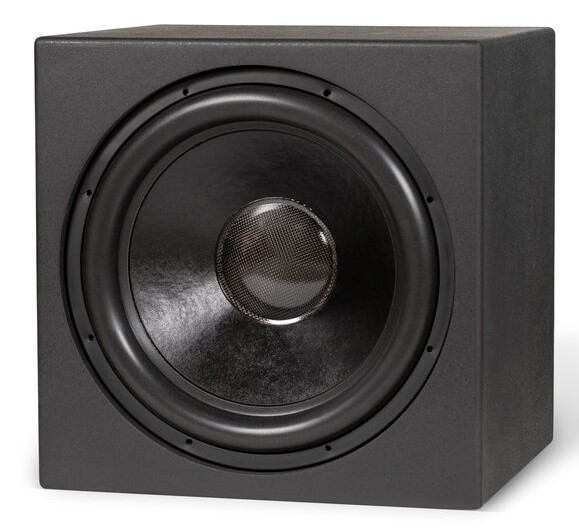
The manufacturer did not place too much emphasis on the aesthetics of the device. It doesn’t mean it looks bad; on the contrary, we loved its simplicity. The subwoofer looks totally stripped-down, black, oblong in shape with slightly rounded edges. The matte black colour is designed to be non-reflective in home theatre rooms. Thanks to its matte colour, it may well camouflage in the corners of many rooms probably, especially under low light conditions. A grille covers the speaker, which makes the device even less conspicuous.
-
Sound traps with diffuser- If a good look is important146 € – 155 € +Vat
-
Flexi acoustic panel with adjustable wooden slats194 € – 287 € +Vat
Other features
The JTR Captivator RS1 is a sealed enclosure subwoofer with a powerful driver, a Class D, optimized DSP amplifier, housed in an optimally sized speaker cabinet, and represents plenty of energy and power. For example, inductance control was considered in the design of the drive. Inductance has long been an enemy of linearity in subwoofers. Inductance is the voltage created by a change in the electromagnetic field during the motion of a sound coil. It is the opposite of the electric current that the amplifier transmits to the coil, thereby reducing the output voltage, especially in higher frequency ranges. Inductance also contributes to the degree of bias. This is a serious problem in really rugged, large subwoofers that contain a lot of voice coils, like in RS1. To overcome the inductance, the JTR added a 400-gram aluminum short-circuit ring to the driver to help reduce the induced voltage. The result should be a more uniform frequency response, with more outputs in the centre beam frequencies and fewer outputs over the entire frequency range.
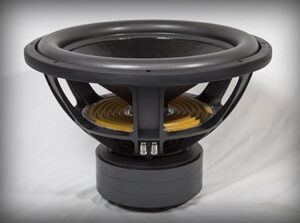
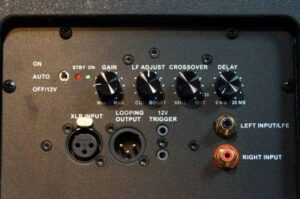
The drive is remarkable with three prestigious magnets. It is very strong and is attached to a cast aluminium basket. The cone is a paper / kevlar composite with a real carbon fiber dust cover. Attached to the frame is a very large, half-roll, foamed cover. The drive was placed in a birch plywood cabinet. Birch is much stronger than the standard MDF, from which most subwoofer cabinets are made. As a result, not as much weight is required, so the side panels and stiffeners are not as thick as other deep boxes. This makes it much easier to move the RS1. The internal stiffener consists of a few panels that run from the front baffle to the rear panel and reinforce the front baffle holding the solid guide. The inside of the cabinet was lined with wool, which the speaker’s designer, Jeff Parmanian, found to be a very good cushioning material. The legs are strong rubber rings and can help dampen cabinet vibrations when placed on the floor. RCA and XLR, 12 Volt trigger connectors are located on the subwoofer.
Music listening
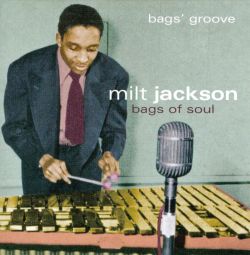
The test was performed in a medium-sized room where the acoustics still needed treatment. We recommended placing bass traps in the corners for the owner. The amplifier was connected to a Pioneer SC-LX901. We started listening to classical jazz music with the song Milt Jackson-Bags Groove. The subwoofer provided an excellent performance, the bass ranges were clear and loud, we heard no distortions. The deep ones were wall-shaking, just as we expected.
Film test
We watched the 2012 film Shame, directed by Michael Fassbender and starring Steve McQueen. Thanks to the Captivator subwoofer, we also noticed details from the film that hadn’t appeared before. We got a natural, realistic sound and a wide stage picture.
-
Skyline diffusers 60x60x14cm118 € +Vat
-
Decorative acoustic panels (corner bass)175 € +Vat
Verdict
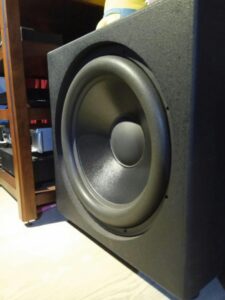
The only real downside to the Captivator RS1 is the design. It’s not a very pretty subwoofer, however, many of the buyers of muscular, really percussive subwoofers aren’t really interested in aesthetics. This is a device that is intended primarily for dedicated home theatres and is not necessarily brought to the fore. If the JTR were to design a more decorative look, the subwoofer would probably be a little more expensive. The RS1 is a subwoofer that is not gigantic in size but offers an excellent performance. The JTR could do a few things to make this device look more aesthetic, such as a curved speaker cabinet, a glossy or real wood finish. This would entail a price increase, but at least then the design of the subwoofer would grow equal to its peak performance. At least it would make the device more attractive to more customers. The Captivator RS1 is a high-performance subwoofer that puts tremendous power into a relatively small housing.
One of the things that might be a downside is the high cost, but when you consider the quality components and peak performance, this subwoofer is worth its price.
Now let’s talk about the benefits of the Captivator RS1. First and foremost is the often mentioned performance. Extensive stage image, very accurate frequency transmission, low distortion, huge output power characterise the device. Few subwoofers offer this level of performance in such a small size.
G.H.
Written by Róbert Polgár

